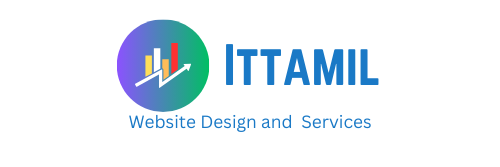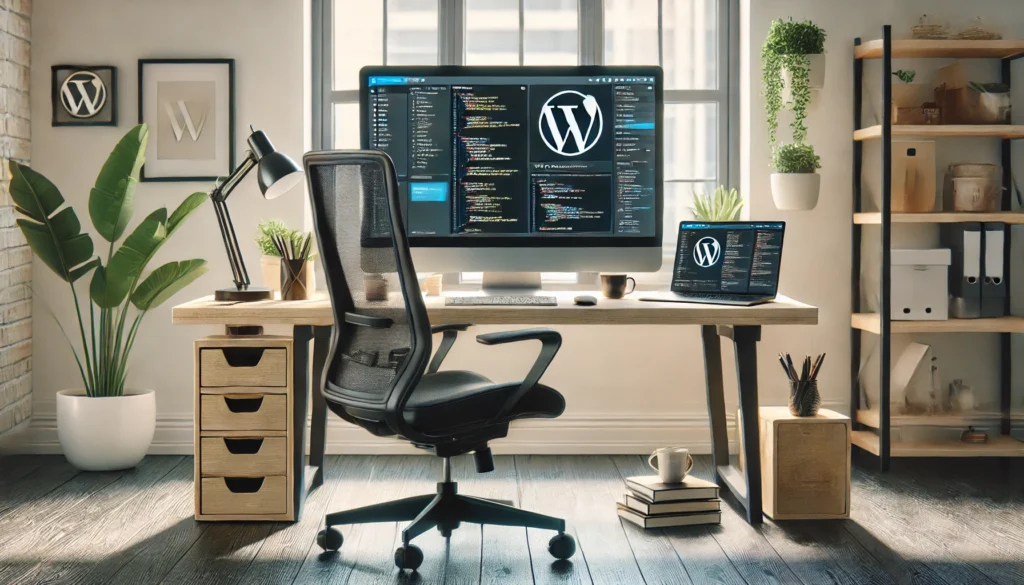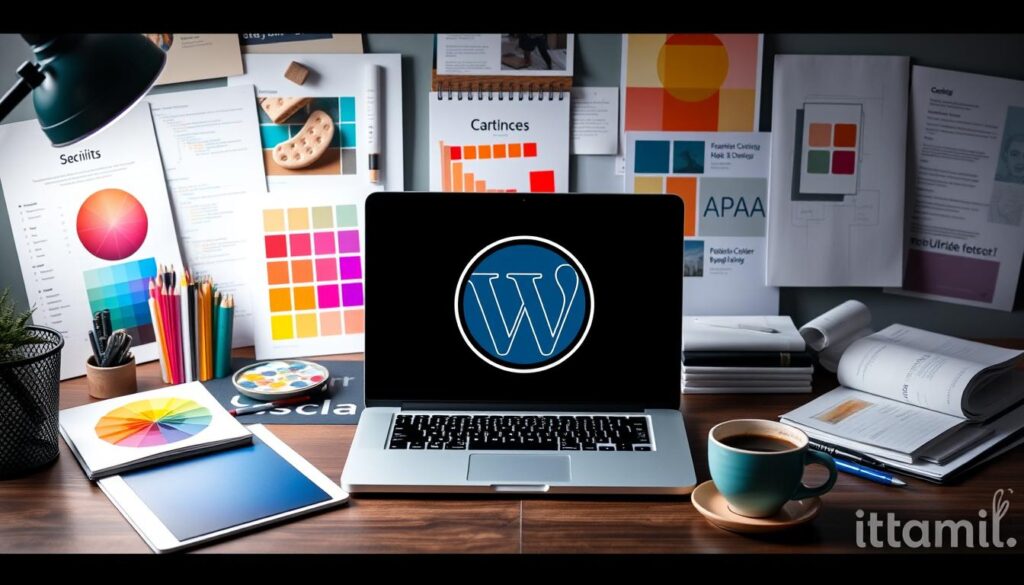Table of Contents
- Introduction
- Understanding the Basics of WordPress Development
- Staying Updated with WordPress Trends
- Embracing the Power of Plugins
- Optimizing Website Performance
- Prioritizing Security Measures
- Enhancing User Experience
- Leveraging SEO Best Practices
- Conclusion
1. Introduction
Hey there! Today I Published a new article, Best Practices for WordPress Development in 2024. If you’re diving into the world of WordPress development in 2024, you’re in for a treat. WordPress has evolved into a powerhouse platform for creating stunning websites. But, just like any craft, mastering it requires knowing the best practices. So, let’s get down to it and explore some WordPress development best practices that will make your site shine.
2. Understanding the Basics of WordPress Development
Before we get into the nitty-gritty, let’s start with the basics. Remember when I first started with WordPress? It felt like a maze. But trust me, understanding the foundation is crucial.
Here are a few things to keep in mind:
- Choose the right hosting: A reliable host can make a world of difference. I personally swear by Namecheap’s hosting plans for their affordability and performance.
- Pick a responsive theme: In 2024, responsiveness isn’t just an option; it’s a necessity. Themes like Astra and GeneratePress have never let me down.
3. Staying Updated with WordPress Trends
WordPress is constantly evolving, and staying updated with the latest trends is key. For instance, in 2024, full-site editing (FSE) is the talk of the town. I remember how overwhelmed I felt initially, but diving into FSE has been a game-changer.
Keep an eye on:
- New Core Updates: They often bring features that can enhance your development process.
- Gutenberg Blocks: These have revolutionized how we create content. Get creative with them!
4. Embracing the Power of Plugins
Plugins can make or break your website. I learned this the hard way when a poorly coded plugin crashed my site. Since then, I’ve been cautious about my choices. Here are my top recommendations:
- Yoast SEO: For all things SEO.
- WP Rocket: For boosting site speed.
- Wordfence: For top-notch security.
Use plugins wisely, and avoid cluttering your site with unnecessary ones.
5. Optimizing Website Performance
Speed matters. A slow site can frustrate visitors and hurt your SEO rankings. Here’s how I keep my sites running smoothly:
- Optimize images: Tools like Smush or TinyPNG are lifesavers.
- Use a Content Delivery Network (CDN): Cloudflare has been my go-to for years.
- Minimize CSS and JavaScript: Plugins like Autoptimize can help.
6. Prioritizing Security Measures
Security is paramount in WordPress development. I still remember the panic of dealing with my first hack. Here’s what I’ve learned:
- Regular Backups: UpgradePlus is fantastic for automatic backups.
- Two-Factor Authentication: Adds an extra layer of security.
- Keep Everything Updated: Themes, plugins, and core files.
7. Enhancing User Experience
Creating a great user experience (UX) is like inviting someone into a well-organized, welcoming home. Here’s what I focus on:
- Easy Navigation: Clear menus and a logical structure.
- Fast loading times: As mentioned earlier, speed is crucial.
- Accessible Design: Ensure your site is usable for everyone, including those with disabilities.
8. Leveraging SEO Best Practices
SEO can seem like a beast, but breaking it down helps. Here’s my approach to WordPress development best practices for SEO:
- Keyword Research: Tools like Ahrefs or SEMrush are invaluable.
- Quality Content: Write for humans first, search engines second.
- Internal Linking: It helps with navigation and SEO. For example, check out my guide on setting up WooCommerce on WordPress.
9. Conclusion
So there you have it, my friend. These are the WordPress development best practices that have guided me through countless projects. The key is to keep learning, stay updated, and never be afraid to experiment. WordPress development in 2024 is all about creativity, security, and performance. Happy developing!



